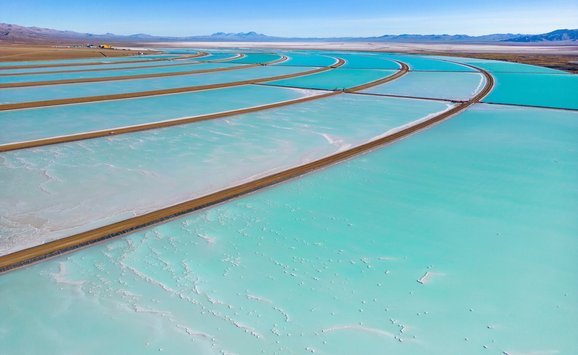The term "nuclear winter" was introduced to the world only little more than two years ago. It dramatically captured the concept that a nuclear war could produce enough soot and dust to prevent the sun's rays from reaching the surface of the earth, causing a prolonged, dark, and inhospitable global chill. The stark simplicity and terribleness of the image obtained near-instant currency. Nuclear winter—because it threatened an ultimate environmental disaster for survivors—seemed to many a new and compelling argument against nuclear war.
The original idea, first put forth by Paul Crutzen and John Birks in Ambio in 1982, was given wide-scale notice through a paper known as TTAPS (for the first initials of the authors), published in Science in December 1983. Since then many conferences and large blocks of computer time have been devoted to developing the ideas and improving the predictions, particularly the effects of "small" numbers of nuclear weapons.
Biologists, atmospheric chemists, geophysicists, and other researchers differ about thresholds, duration, the details of some atmospheric physics, and the resulting effects. But while the areas of difference are many, a consensus exists that some version of nuclear winter would follow a nuclear attack. Therefore, we should assume that some level of nuclear winter could occur and consider what the implications for national policy might be.
I believe the answers depend on the position one had before hearing of the idea. I see four groups:
- Those who thought that nuclear war is winnable
- Those who thought that nuclear war would be a disaster for several countries
- Those who thought that nuclear war would be globally cataclysmic
- Those who did not think about nuclear war, who were uninterested in the subject
For the first group—if, indeed, it has any members—the significance of nuclear winter is that launching a nuclear war most certainly could boomerang. A first strike could lead to great devastation of one's own country.
The second group, made up of those who think that nuclear war would be a multicountry disaster, includes, I believe, most people in and out of government in the United States, Western Europe, the Soviet Union, and the Warsaw Pact countries who have thought about nuclear war. The various nuclear winter scenarios hold no special terrors for these people because they believe that the damage 1,000-plus megatons of nuclear explosives is so overwhelming that living systems would be destroyed anyway. Nuclear winter will not change the basic policies for this group: the governments of these countries already have prevention of nuclear war as high on their priority lists as they can put it.
Those who think of nuclear war as a global cataclysm see nuclear winter as proof.
Finally, we turn to those who have not thought much about nuclear war. I suspect many in the United States are in this category, but of potentially greater concern for policymaking are the probable noncombatant countries whose governments may have thought they could avoid nuclear ruin—large agrarian countries like China and India that may have imagined that nuclear war would devastate only the industrial countries.
Nuclear winter has made a fundamental change in the potential effects that may be visited upon these countries. At a National Academy of Sciences symposium in 1985, the chief popularizer of nuclear winter, Cornell University's Carl Sagan, said that for countries not in the northern mid-latitudes, nuclear winter has made all the difference in the world. I see nuclear winter as being very significant for countries such as Japan, Australia, Brazil, India, and China. To these countries, the robustness of the various studies is very important. According to one, India would be freezing fifteen days after a nuclear exchange—and this in July. Another study shows the possibility of no monsoons in Southeast Asia. But while robustness matters, it also must be noted that thresholds for damage can be very low. As former RFF board chairman Gilbert F. White pointed out at the symposium, just one day of freezing temperatures in Japan could wipe out all its rice.
So, to the extent that some countries saw themselves much as spectators at a boxing match or a bullfight—as able to watch the bloodshed at no risk to themselves—the possibility of nuclear winter poses a fundamentally new dimension on their worldview. No longer can they strike the attitude of a bystander. Indeed, they may end up as involuntary participants, and this, for them, is the real significance of nuclear winter.

John F. Ahearne is senior fellow and vice president of Resources for the Future. This article is based on part of his presentation at the National Academy of Sciences Nuclear Winter Symposium, March 27, 1985.





